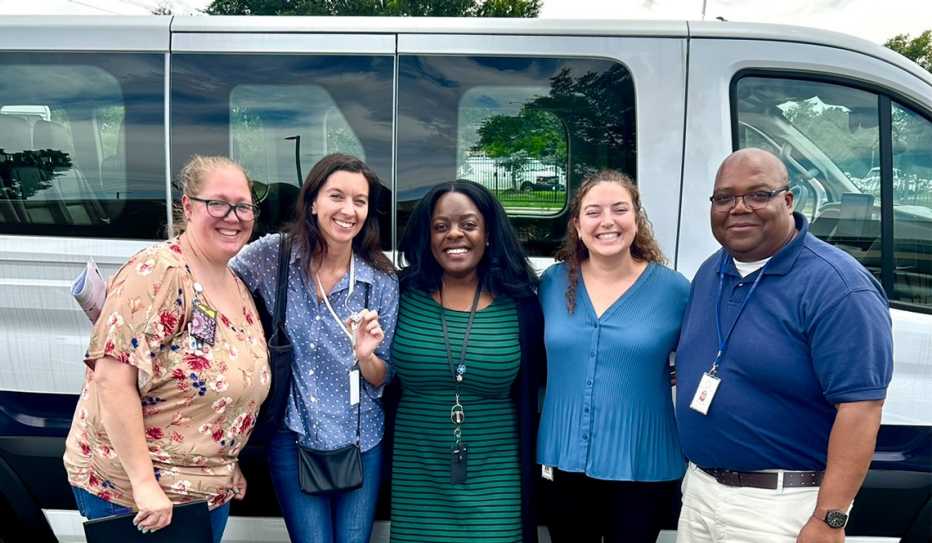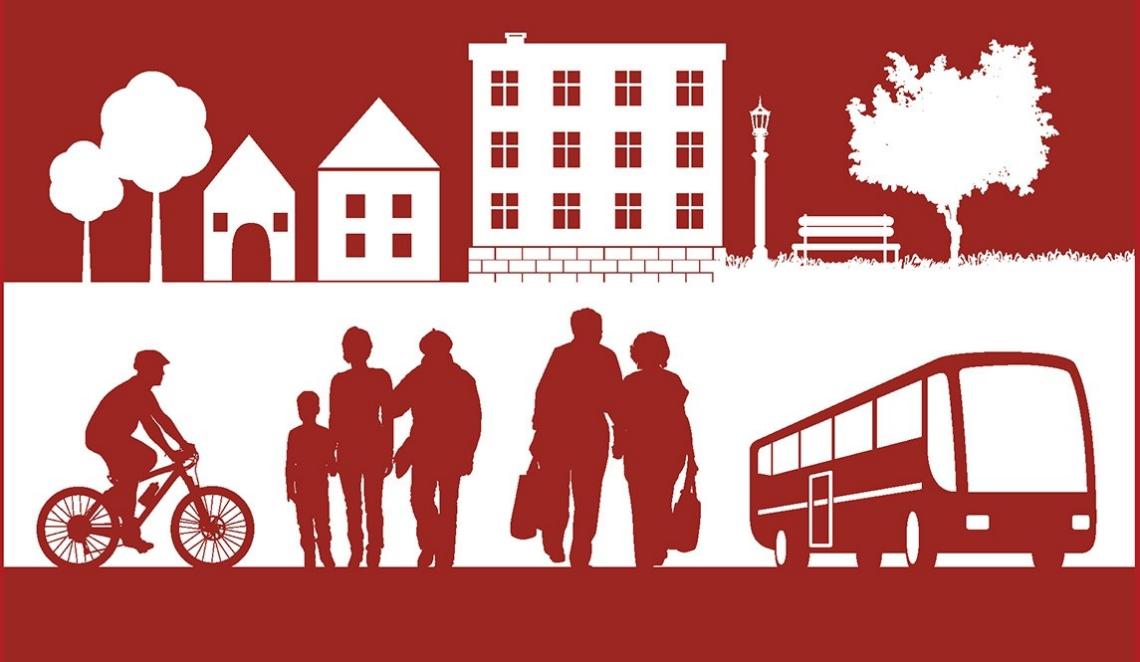AARP Hearing Center


The Challenge: “How can we make transportation not just accessible but welcoming and supportive for older adults and people living with dementia in our communities?”
That question was asked at a 2023 meeting in Mecklenburg County, North Carolina, which is a member of the AARP Network of Age-Friendly States and Communities.
That’s when “the magic happened,” recalls Ashley Stevens, co-chair of Dementia-Friendly Charlotte-Mecklenburg.
Dementia-Friendly Tips for Transit Drivers
Being a friendly face can help a person living with dementia feel at ease.
Maintain eye contact and use simple language.
Provide information clearly and succinctly.
A person with dementia might ask the same question multiple times. They may become frustrated or agitated because of fear, overstimulation or difficulty in expressing their thoughts. Respond with patience and kindness.
If a rider seems confused, ask if they have an address written on a piece of paper. Invite them to take a seat near the front of the bus and explain that you will alert them upon arriving at their departure stop.
Adapted from the National Aging and Disability Transportation Center
The Response: The inquiry led to a collaborative effort between Stevens’ organization, the Centralina Area Agency on Aging and the Mecklenburg Transportation System to develop "Age & Dementia-Inclusive Communities: From Awareness to Action," a workshop to equip county bus drivers with the skills needed to successfully support older adults, individuals living with dementia, and caregivers.
The 2-1/2 hour training was broken into three focus areas:
- Information about aging and age-related changes. (Says Stevens: “Ageism is widespread. Negative assumptions about aging can cross over into our service delivery. That can have a negative impact on our customers.”)
- Dementia-awareness and how best to engage with people who are living with dementia.
- Effective communications. (This lesson included an activity during which attendees had to guide the instructor, who was acting as a person with dementia, through the steps for making a peanut butter and jelly sandwich. “It sounds simple, but instructions such as, ‘Put the peanut butter on the bread,’ can result in the instructee putting the jar of peanut butter on top of the bread,” Stevens explains. “The exercise helps people think about how to provide clear, direct instructions to a passenger who might become easily confused.”)
Dementia-Friendly Charlotte Mecklenburg partnered with Age-Friendly Mecklenburg to view, through an “age-friendly lens,” the vehicles and experience of waiting for a bus and being a passenger. That research informed the group’s action plan, which includes recommendations for softer lighting and clearer signage. Drivers were also provided with a script they can consult if they need help communicating with a passenger who is experiencing cognitive challenges.
The “overwhelmingly positive" response of the drivers to the workshop sparked momentum for refresher trainings and a training for incoming staff, Stevens says. “The drivers told us they walked away from the workshop with tangible skills. They feel empowered to do their job with a better understanding of dementia.”

































































